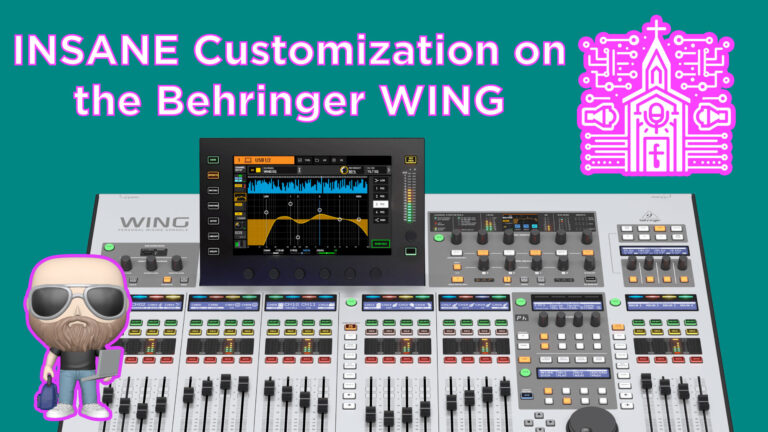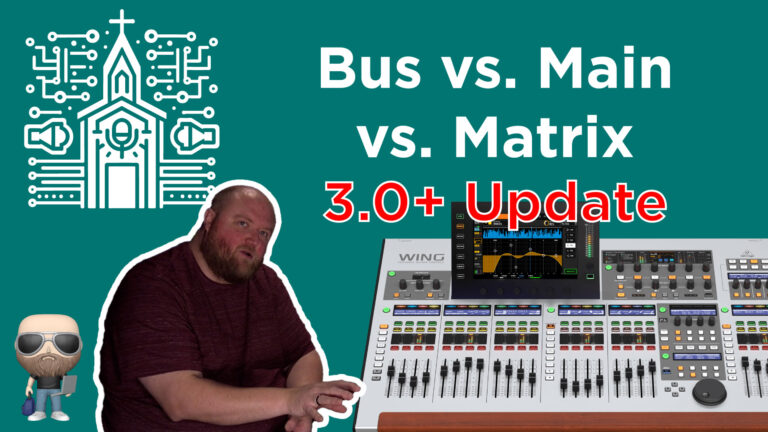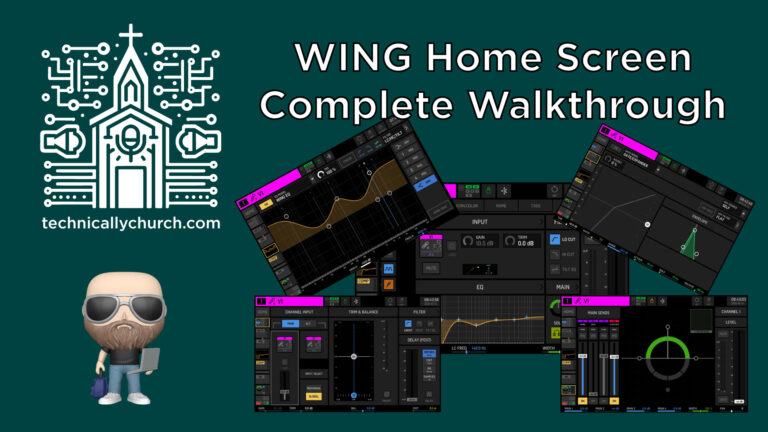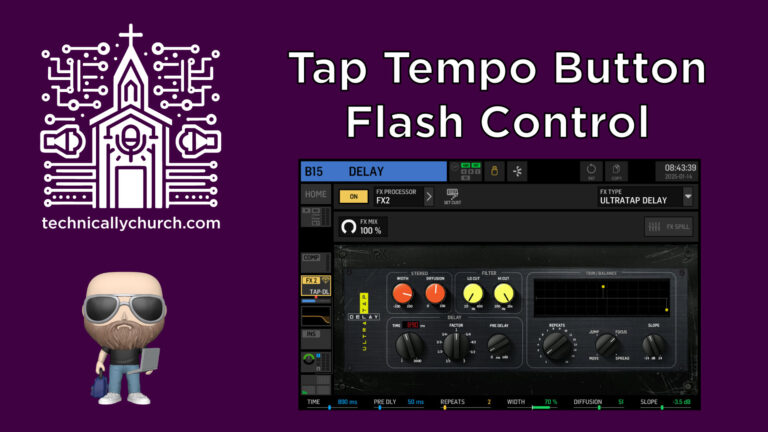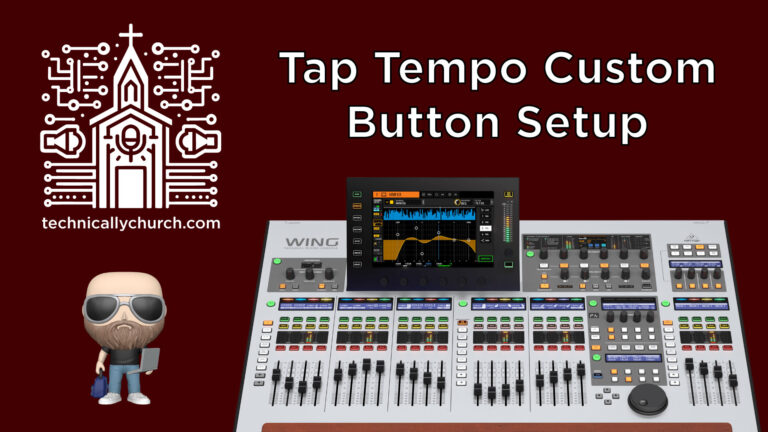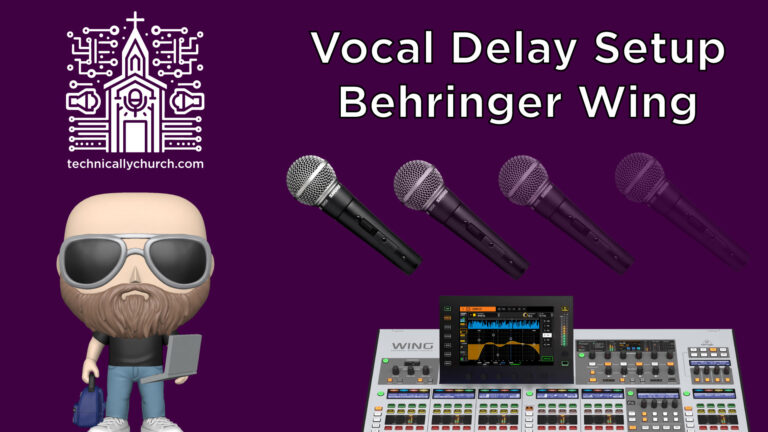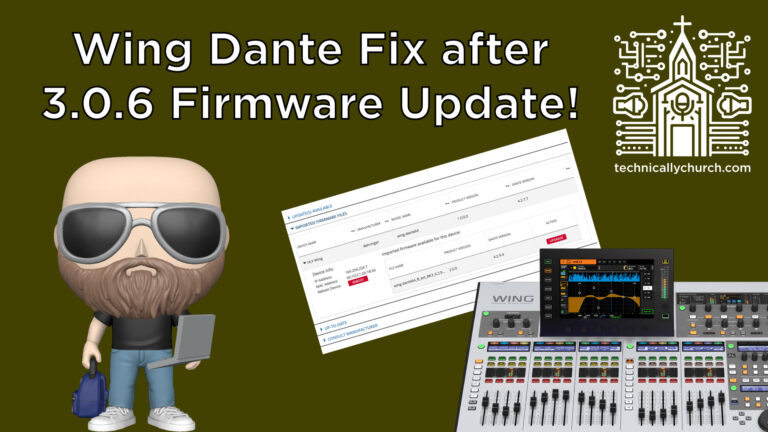Insane Customization on the Behringer WING – Build Your Own Layout!
Unlock the full potential of the Behringer Wing sound console by mastering its layer customization features. Learn how to arrange channels, buses, DCAs, and matrices across any layer, enabling faster, more intuitive live mixing tailored to your specific workflow and band setup needs.

